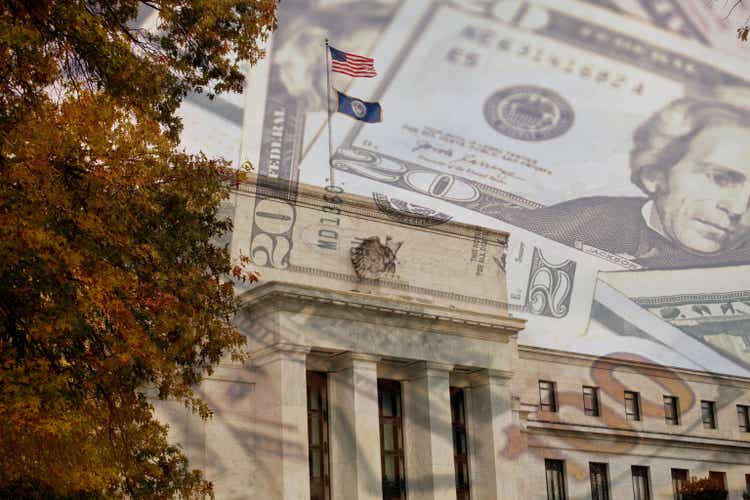Douglas Rissing/iStock via Getty Images
By Robert Eisenbeis
Markets initially responded positively to the FOMC’s 75-basis-point increase in the federal funds rate. However, the message delivered by Chairman Powell at the press conference was more hawkish than expected and a bit confusing, ending on a down note. The down note was triggered by his answer to the last question of the conference, asking whether the window had narrowed for a soft landing. Powell indicated that it had because the committee had not yet seen the expected decline in inflation and so rates are likely to remain higher for a longer period. He noted that while goods inflation had moderated, services inflation was actually increasing, and this was not what had been expected given the tightening that had previously taken place.
The basic message that Powell delivered was that the committee was both committed and determined to bring inflation down. Further, he argued that rates would have to be higher than previously thought in order to bring inflation down, but he didn’t know how much higher would be. He stated that the answer was more important now than the pace of rate increases. Additionally, given the lack of anticipated progress on inflation, to pause tightening at this time was premature and posed the risk that inflation might become even more ingrained in the economy, making it even more difficult to bring inflation down to the Fed’s 2% target. In fact, Powell argued that it would be better to error on the side of raising rates higher than needed than to error on the side of stopping too soon. What Powell missed, and what many at the press conference were trying to ascertain, was what the pace of continued tightening might look like. He did suggest that this issue would be on the table for the next meeting for discussion, but as yet no plan was in place. Left unsaid was this question: Given the uncertain outlook and recession risks, would prudent risk management imply that, while rates might continue to go up, it might be less risky to slow the pace of increases to give the economy time to digest the increases and for the improvement to be reflected in the incoming inflation numbers? Had there been a more focused discussion on the potential for easing the pace of increases to either 50 bps and/or 25 bps and on when that might begin, then the market might have had quite a different reaction to information imparted at the press conference. This was truly a lost opportunity to convey a more nuanced approach to policy, especially given the recession risks that are now more dominant in people’s thinking.
Editor’s Note: The summary bullets for this article were chosen by Seeking Alpha editors.


Be the first to comment